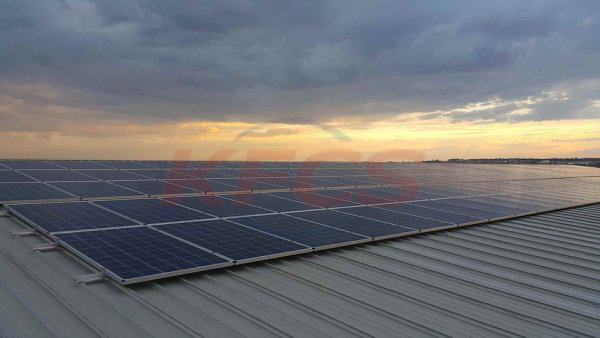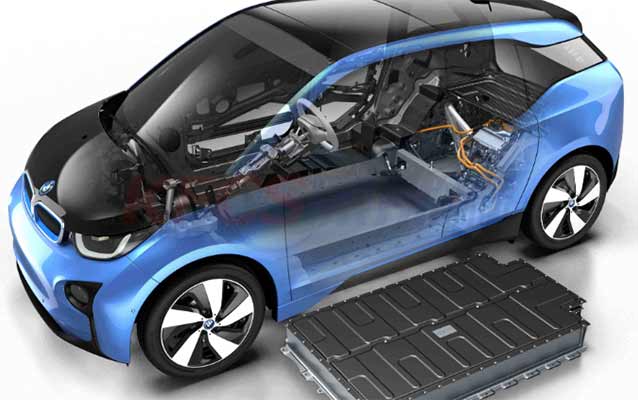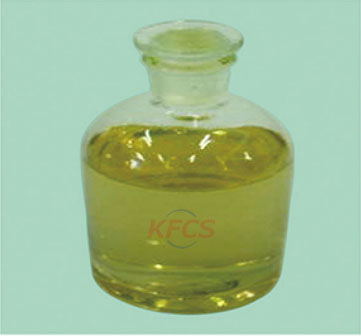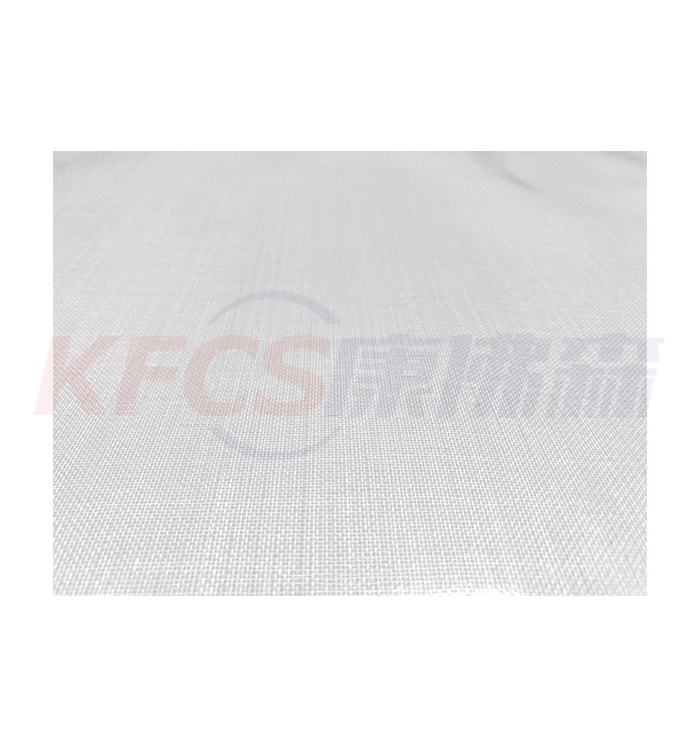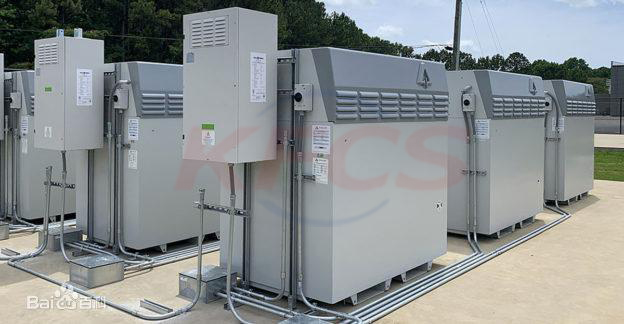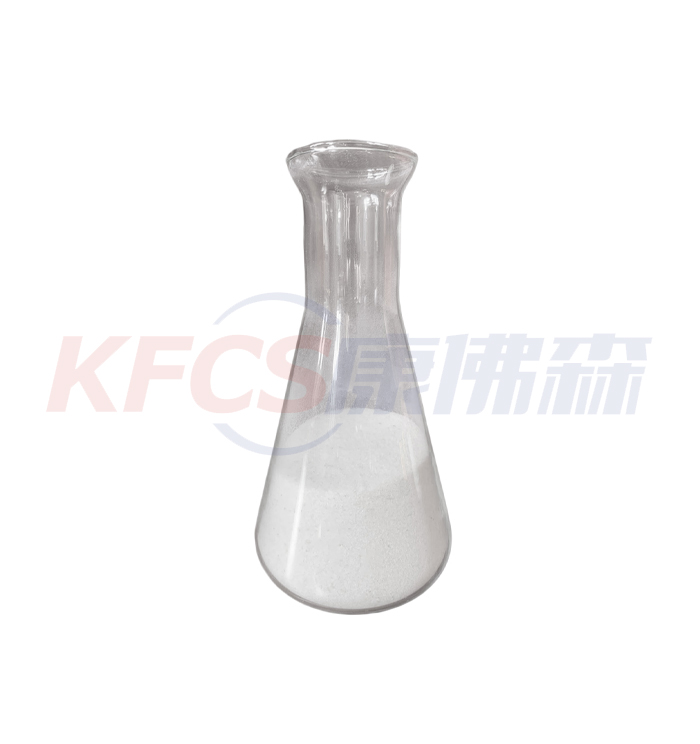Classification and performance parameters of solar cells are introduced in detail
2022-03-25
A solar cell is a device that directly converts light energy into electrical energy through the photoelectric effect or photochemical effect. Also known as "solar chip" or "photovoltaic cell", it can output voltage instantly and generate current in the case of a loop as long as it is illuminated by a certain illumination condition. In physics, it is called solar photovoltaic (Photovoltaic, abbreviated as PV), referred to as photovoltaic.
According to the crystalline state, solar cells can be divided into two categories: crystalline thin film type and amorphous thin film type (referred to as a- below), and the former is further divided into single crystal form and polycrystalline form.
According to the material, it can be divided into silicon film shape, compound semiconductor film shape and organic film shape, and compound semiconductor film shape is divided into amorphous shape (a-Si:H, a-Si:H:F, a-SixGel-x: H, etc.), IIIV group (GaAs, InP, etc.), IIVI group (Cds system) and zinc phosphide (Zn 3 p 2 ) and so on.
According to the different materials used, solar cells can also be divided into: silicon solar cells, multi-compound thin film solar cells, polymer multilayer modified electrode solar cells, nanocrystalline solar cells, organic solar cells, plastic solar cells, among which silicon solar cells Solar cells are the most mature and dominate the application.
Performance parameters of solar cells
1. Open circuit voltage
Open-circuit voltage UOC: that is, the solar cell is placed under the AM1.5 spectral condition and the light source intensity of 100 mW/cm2, and the output voltage of the solar cell when the two ends are open-circuited.
2. Short circuit current
Short-circuit current ISC: It is the current value that flows through the two ends of the solar cell when the solar cell is placed under the AM1.5 spectral condition and the light source intensity of 100 mW/cm2 when the output terminal is short-circuited.
3. Maximum output power
The working voltage and current of the solar cell change with the load resistance. The volt-ampere characteristic curve of the solar cell can be obtained by making a curve of the working voltage and current value corresponding to different resistance values. If the selected load resistance value can maximize the product of output voltage and current, the maximum output power can be obtained, which is represented by the symbol Pm. The working voltage and working current at this time are called the optimum working voltage and optimum working current, which are represented by symbols Um and Im respectively.
4. Fill factor
Another important parameter of solar cells is the fill factor FF (fill factor), which is the ratio of the maximum output power to the product of the open-circuit voltage and short-circuit current.
FF: It is an important index to measure the output characteristics of solar cells. It is a characteristic that represents the maximum power that the solar cells can output when the solar cells are under the best load. The larger the value, the greater the output power of the solar cells. The value of FF is always less than 1. The series and parallel resistances have a great influence on the fill factor. The larger the series resistance is, the more the short-circuit current decreases, and the more the fill factor decreases; the smaller the parallel resistance, the greater the partial current, which leads to the more the open-circuit voltage decreases, and the more the fill factor decreases accordingly. many.
5. Conversion efficiency
The conversion efficiency of a solar cell refers to the maximum energy conversion efficiency when the optimal load resistance is connected to the external loop, which is equal to the ratio of the output power of the solar cell to the energy incident on the surface of the solar cell. The photoelectric conversion efficiency of a solar cell is an important parameter to measure the quality and technical level of the cell, and it is related to the cell structure, junction characteristics, material properties, operating temperature, radiation damage from radioactive particles, and environmental changes.
About News
- Advantages of vanadium redox battery
- Battery industry production continues to grow
- The world's largest 100MW all-vanadium redox flow battery energy storage and peak-shaving power station has entered the single module commissioning stage
- 32kW container type all vanadium flow battery for energy storage
- 2.5kW vanadium battery
- How Vanadium Flow Redox Batteries Work?
- Vanadium Redox Battery 24V 33ah Rechargeable
- Advantages of vanadium batteries
- The principle of vanadium battery
- Application of all vanadium flow battery in energy storage field
Products


